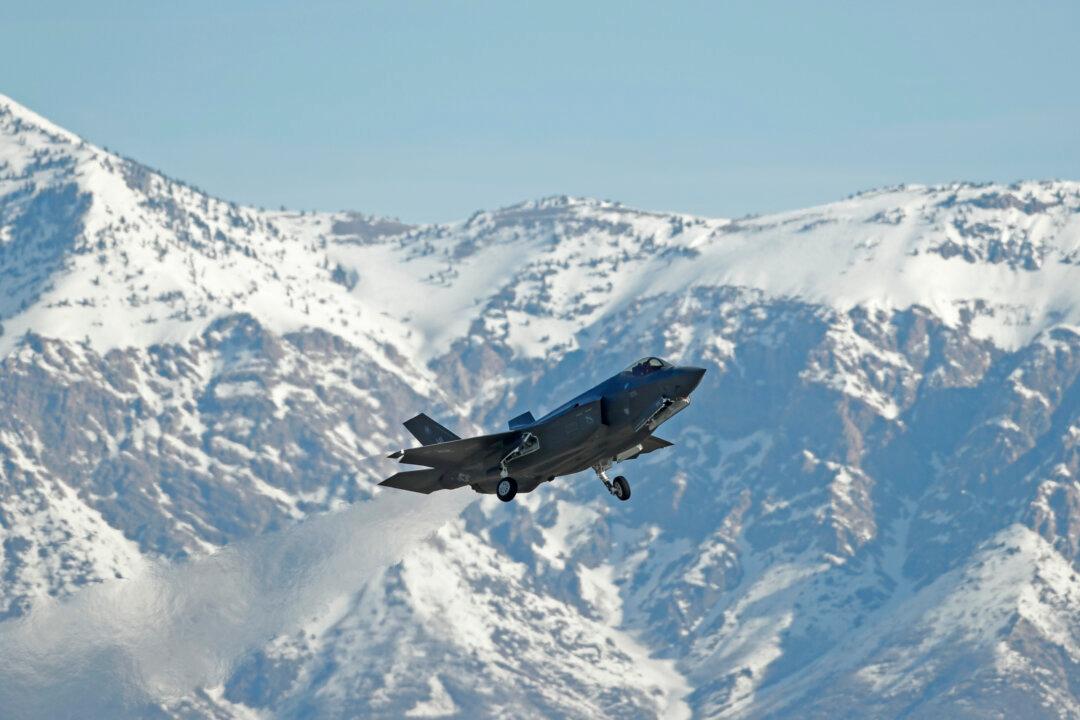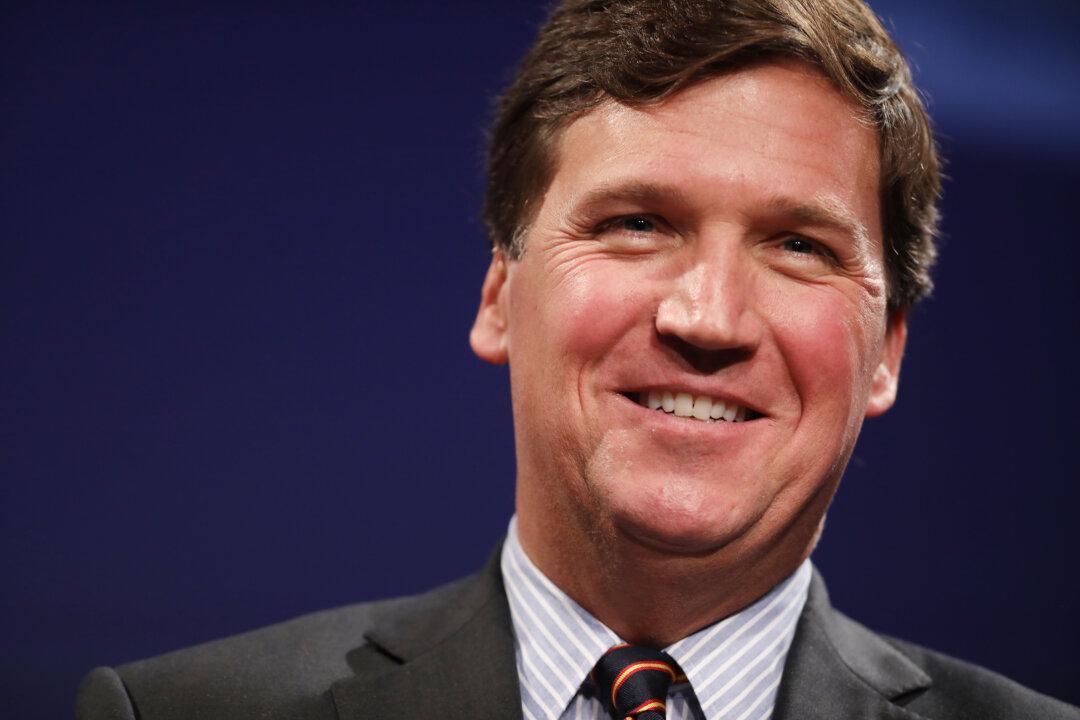Albert Einstein is said to have called compound interest “the most powerful force in the universe.” A recent budget analysis shows how that powerful force would affect U.S. fiscal policy if Congress follows recommendations to boost annual military spending by 5 percent per year over the next decade.
Following the House Armed Service Committee’s (HASC) passage of the 2022 National Defense Authorization Act (NDAA) on Sept. 1, HASC ranking member Mike Rogers (R-Ala.) touted that he helped secure a 5 percent increase over the Department of Defense’s topline budget for last year.




